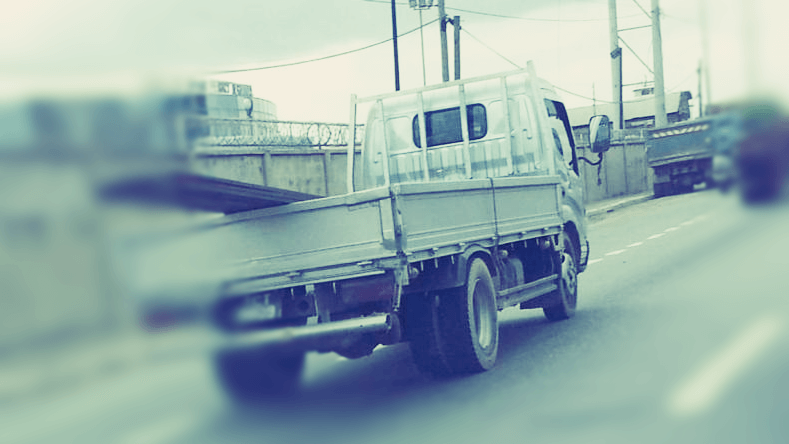Unsecured Load offence s 292 NSW | Section 10 Dismissal at Campbelltown | Sydney Traffic Lawyers
The Events and Police Charges
Our client is a sole trader who has worked in the carpentry industry for 14 years. He was stopped while driving his vehicle with an unsecured load and was issued with a penalty notice. It is an offence to drive with an unsecured load under s 292 of the Road Rules 2014 (NSW), which provides that a driver must not drive or tow a vehicle if it is carrying a load that is not properly secured to the vehicle. The regulation prescribes a maximum of 20 penalty units for this offence.
Police typically assess load security by reference to practical risk. Examples include loose timber, tools, plant or debris that could move, spill or be dislodged during normal travel, braking or cornering. Guidance on safe restraints, tie-downs and netting is set out in the national Load Restraint Guide and NSW safety resources such as SafeWork NSW. For drivers wanting to understand demerit consequences and licence status, see Service NSW demerit information.
If you receive a penalty notice, options include paying, seeking an internal review, or electing to take the matter to court. Time limits apply. See Revenue NSW fine options and general guidance on NSW Police penalty notices.
Our Submissions and the Court
Our firm made detailed submissions to Campbelltown Local Court. This was challenging because our client already had a poor traffic history dating back to 2010, including mobile phone use, non-compliance with road rules and driving a prohibited vehicle.
Despite that, we filed well prepared character references that spoke to his good nature, community contribution, devotion to his young family and diligence at work. Under our guidance, he also completed the Online Traffic Offenders Rehabilitation Program (TORP), reflecting on the safety risks and wider consequences of unsecured loads. An apology letter was tendered to demonstrate remorse, accountability and insight. For clients preparing references, the neutral guidance at LawAccess NSW is useful.
When seeking leniency in traffic matters, the court will usually look for early acceptance of responsibility, a clean recent period of driving, proactive rehabilitation and concrete changes to prevent repeat offending, for example installing approved restraints, ratchet straps and purpose-built tool storage. Transport safety basics are outlined by Transport for NSW and the Standards Australia guidance on rated restraints and lashing capacity.
The Outcome
The Magistrate accepted our submissions and dismissed the matter by way of a section 10 dismissal under the Crimes (Sentencing Procedure) Act 1999. A section 10 dismissal means no conviction is recorded, no fine is imposed by the court and no additional demerit points are applied for the offence. This was particularly favourable because our client was already subject to Good Behaviour conditions for a prior matter.
Practical benefits of a section 10 outcome include avoiding a conviction on your traffic record for that offence and protecting licences, insurances and some accreditation requirements. Note that court-ordered dismissals are discretionary and fact specific. The court will consider traffic history, risk to the public, remorse, rehabilitation and the need for deterrence. For process information about appearing in the Local Court, review the Local Court user guides.
What this means for Sydney tradies and small business drivers
- Secure every item in utes, vans and trailers using rated straps, anchor points, cargo nets and lockable boxes. Refer to the Load Restraint Guide for light and heavy vehicles.
- Document your safety steps with photos of your setup, maintenance logs for restraints and a short load checklist for staff or subbies.
- If stopped by police, be polite, provide details and do not argue roadside. If issued a notice, get advice quickly on review or election to court. See Revenue NSW review.
- Complete a recognised program such as TORP before court and bring proof of completion.
- Prepare references properly with full name, contact details, awareness of the offence and examples of responsibility at work and home. See reference tips.
Frequently asked questions
What is s 292 and how is “properly secured” assessed?
Section 292 prohibits driving or towing a vehicle if a carried load is not properly secured. Proper restraint depends on the weight, centre of gravity and likely forces during normal driving. Police and courts often look to accepted practice in the Load Restraint Guide, product ratings and whether the restraint prevents movement in all directions.
Can I get a section 10 for an unsecured load?
Yes, in appropriate cases. The court assesses risk to the public, your traffic record, early plea, remorse, corrective action and rehabilitation such as TORP. Outcomes vary. Prompt preparation helps.
Does an unsecured load offence affect demerit points?
Penalty notices carry demerits assessed by Service NSW. A court dismissal without conviction under s 10 avoids additional court-imposed penalties for the offence.
What if I am a heavy vehicle operator?
Heavy vehicles are subject to Chain of Responsibility duties. Businesses, schedulers and loaders may share liability. Refer to NHVR Chain of Responsibility and invest in training, audits and equipment that meet Australian Standards.
Need help with a penalty notice or court election?
Early advice makes a real difference. We assist with internal reviews to Revenue NSW, court elections, preparation for Local Court and section 10 applications. See our overview of traffic offences and criminal law services, or call (02) 8806 0866 to speak with a Sydney traffic lawyer.













